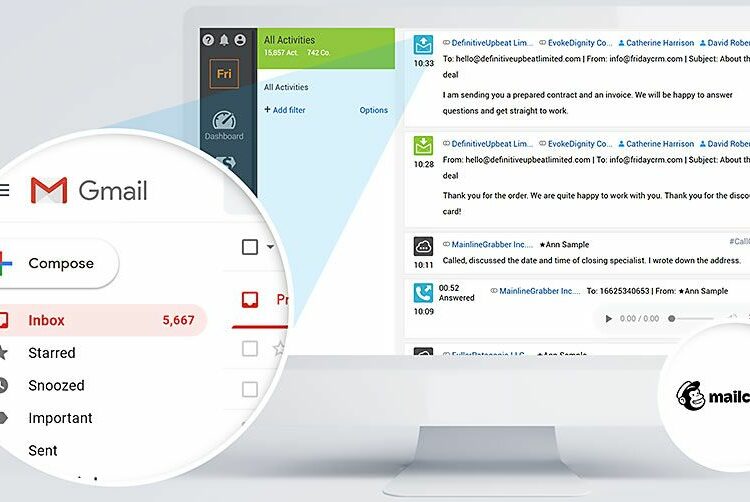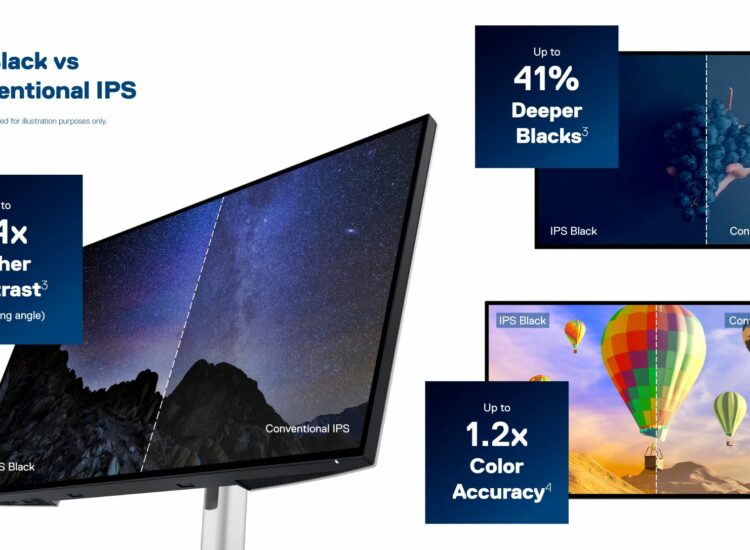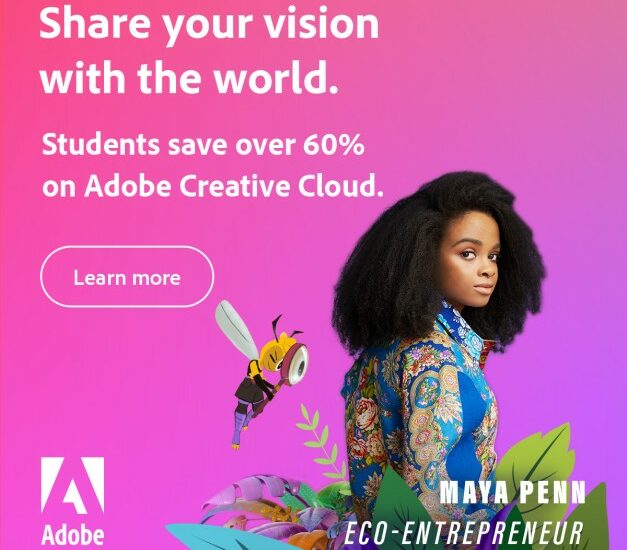Adobe Education offers a wide range of tools, resources and programs to empower students and educators to unleash their creativity and drive innovation in the classroom. With Adobe’s powerful suite of creative applications, students can explore and express their ideas in new ways while developing valuable digital skills that are essential for success in the 21st century.
Toc
Introduction of Adobe Education
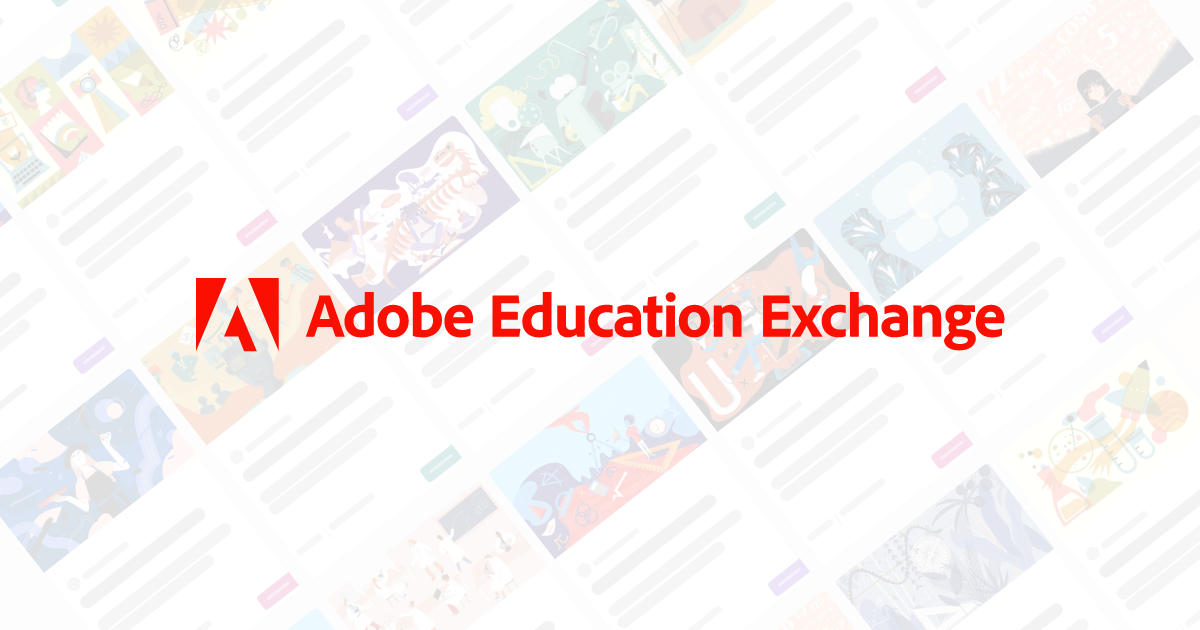
In today’s rapidly evolving digital landscape, equipping students with critical thinking skills and fostering creativity is more important than ever. Adobe Education is at the forefront of this educational transformation, providing educators and students with industry-standard tools that enhance learning experiences and prepare future generations for the digital workforce.
What is Adobe Education?
Adobe Education is a suite of powerful, intuitive tools designed specifically for the educational environment. It provides access to applications such as Adobe Creative Cloud, Adobe Spark, and a wide range of other resources that allow both educators and students to explore, create, and collaborate efficiently. Whether it’s creating stunning visuals, designing websites, or producing digital content, Adobe Education provides the necessary tools to bring ideas to life.
Benefits for Students
Through Adobe Education, students gain access to a vast array of creative tools that allow them to unleash their imagination and showcase their unique talents. These tools not only provide students with practical skills in design and media production but also encourage critical thinking and problem-solving abilities. By using industry-standard software and resources, students gain valuable hands-on experience that prepares them for success in today’s digital age.
Advantages for Educators
Adobe Education is an invaluable resource for educators as well. With access to cutting-edge technology and software, teachers can create engaging lesson plans that incorporate multimedia elements, promoting active learning and enhancing student engagement. Adobe Education also offers professional development opportunities, training materials, and classroom resources for educators to continuously develop their skills and stay up-to-date with industry trends.
Programs and Initiatives
In addition to its suite of tools and resources, Adobe Education also offers various programs and initiatives to support students and educators in their creative endeavors. The Adobe Creative Educator program provides a platform for educators to connect, share ideas, and gain recognition for innovative teaching practices. The Adobe Certified Associate program allows students to earn industry-recognized certifications, showcasing their digital proficiency and enhancing their employability.
Price Plans of Adobe Education

Adobe Education offers flexible pricing plans to accommodate the diverse needs of educational institutions. Whether it’s K-12 schools, higher education institutions, or individual educators and students, Adobe provides a range of options to ensure that everyone can access its powerful tools.
Individual Plans
For individual students and educators, Adobe offers discounted plans that include access to the full suite of Creative Cloud applications. These individual plans are designed to be affordable, making them an excellent choice for those who want to enhance their creative skills and work on personal projects.
Institutional Plans
K-12 schools and higher education institutions can take advantage of Adobe’s institution-wide licensing options. These plans provide access to Adobe’s suite of applications for all students and educators within the institution, fostering a collaborative and creative learning environment. The institutional licensing options are scalable and can be customized to meet the specific needs and budgets of the institution.
Volume Licensing
For larger districts or groups of schools, Adobe offers volume licensing options that provide significant savings based on the number of licenses purchased. This option is ideal for educational agencies looking to equip a large number of students and educators with Adobe tools while managing costs effectively.
Free Trials and Discounts
Adobe also provides free trials of its Creative Cloud applications, allowing students and educators to explore the tools before committing to a purchase. Additionally, Adobe frequently offers discounts and promotions for educational institutions, making it even more accessible for schools to integrate Adobe Education into their curricula.
Support and Resources
To support educational institutions in harnessing the full potential of Adobe Education, Adobe offers comprehensive support and resources. This includes tutorials, webinars, and dedicated customer support to ensure a smooth implementation and ongoing use of Adobe tools in the classroom.
By offering a variety of pricing plans and support resources, Adobe Education ensures that schools, educators, and students can access the creative tools they need to succeed in the digital age.
Case Studies and Success Stories

Numerous schools and institutions around the world have already integrated Adobe Education into their curricula, resulting in significant benefits for both educators and students. For example, at San Francisco Unified School District, incorporating Adobe tools into classroom projects resulted in higher levels of student engagement and creativity. Similarly, the University of Florida developed a certificate program using Adobe Creative Suite, leading to increased employability for graduates.
Transforming Learning at Woodland High
At Woodland High, the integration of Adobe Education tools has revolutionized the way students approach their assignments and projects. By giving students access to Adobe Creative Cloud, the school has empowered them to explore various forms of digital media, from graphic design to video production. This hands-on experience has not only heightened students’ interest in their subjects but has also equipped them with practical skills that are highly valued in the job market. Teachers at Woodland High have embraced these tools to craft more dynamic and interactive lesson plans, fostering a more engaging learning environment.
One notable project from Woodland High involved students creating digital portfolios using Adobe Spark. These portfolios allowed students to showcase their work in a professional manner, incorporating various media types such as images, videos, and interactive elements. This project not only enhanced their technical skills but also encouraged students to think critically about how best to present their knowledge and creativity.
Enhancing Employability Through Certification
Adobe Education’s impact extends beyond classroom learning; it also significantly enhances students’ employability. Through the Adobe Certified Associate program, students at Woodland High and other institutions can earn certifications that demonstrate their proficiency with Adobe tools. These certifications are recognized industry-wide and serve as a testament to the students’ capabilities, making them more competitive candidates in the job market. As a result, graduates from schools that have integrated Adobe Education not only leave with academic knowledge but also with a set of credentials that give them a distinct advantage in their future careers.
Adobe Education Alternatives with Pros and Cons

While Adobe Education offers a comprehensive suite of tools and resources, there are other alternatives available for educators and students to consider. Here are some popular options with their pros and cons:
Canva for Education
Pros:
Canva for Education is a user-friendly design tool that offers a wide array of templates and an intuitive drag-and-drop interface. This makes it accessible for both educators and students who may not have a background in design. It allows for collaborative projects, enabling multiple users to work on the same design in real-time, which can be particularly useful for group assignments. Canva also provides a free version with substantial features, reducing costs for educational institutions.
Bài viết liên quan:
- https://cacanhdep.vn/mastering-color-and-clarity-dells-4k-monitor-vs-competitors/
- https://cacanhdep.vn/google-crm-the-ultimate-tool-for-small-business-growth/
- https://cacanhdep.vn/unlock-your-creativity-with-creative-cloud-for-students/
- https://cacanhdep.vn/adobe-illustrator-online-revolutionizing-graphic-design-collaboration/
Cons:
While Canva is great for basic design tasks, it may lack the advanced features found in Adobe’s suite, making it less suitable for more complex projects. Additionally, the free version of Canva has limited storage and fewer premium templates, which might require schools to opt for paid plans to unlock its full potential.
GIMP (GNU Image Manipulation Program)
Pros:
GIMP is an open-source image editor that is completely free to use, making it an attractive option for schools with tight budgets. It offers a rich set of features comparable to Adobe Photoshop, including advanced retouching, cloning, and image enhancement tools. Since GIMP is open-source, it is highly customizable, allowing educators and students to modify the software to better suit their needs.
Cons:
The learning curve for GIMP can be steep, particularly for users who are not familiar with graphic design software. Its user interface is less polished compared to Adobe Creative Cloud applications, which might make it less appealing to some users. Additionally, GIMP lacks the integration with other tools that Adobe Suite offers, potentially limiting its utility in a broader educational context.
Google Workspace for Education
Pros:
Google Workspace for Education offers a suite of productivity tools, including Google Docs, Sheets, Slides, and more. These tools facilitate collaboration, enabling students to work together in real-time on documents and projects. Google Workspace is cloud-based, meaning students and educators can access their work from any device with internet access. The platform also integrates seamlessly with other Google services, such as Google Classroom and Google Drive, providing a comprehensive solution for digital learning.
Cons:
While Google Workspace is excellent for productivity and collaboration, it lacks the specialized creative tools found in Adobe’s suite. This makes it less suitable for tasks that require advanced graphic design, video editing, or digital media creation. Furthermore, the reliance on continuous internet access can be a limitation for students or schools with unstable internet connectivity.
Microsoft 365 Education
Pros:
Microsoft 365 Education includes a variety of tools such as Word, Excel, PowerPoint, and OneNote, which are staples in both educational and professional settings. The platform supports real-time collaboration and integrates well with Microsoft Teams, making it easy to manage assignments, communicate, and collaborate. Microsoft 365 also offers robust security features, ensuring that student data is protected.
Cons:
While Microsoft 365 is powerful for document creation and collaboration, it does not offer the same level of functionality for creative tasks as the Adobe suite does. Schools may need to supplement with additional software for tasks that require graphic design, video editing, or other creative work. Additionally, Microsoft 365 for Education is not entirely free, and licensing can be a significant investment for some institutions.
Future Trends of Adobe Education
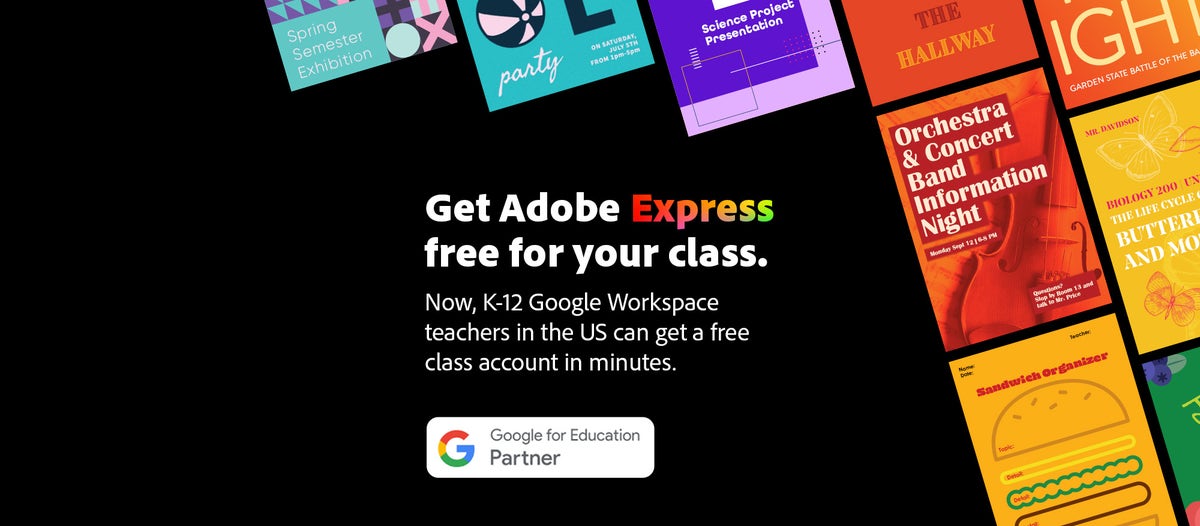
As technology continues to evolve, Adobe Education is continuously innovating and expanding its offerings to meet the changing needs of educators and students. Here are some potential future trends that we may see in Adobe Education:
Augmented Reality (AR) Integration
Augmented reality has the potential to revolutionize education by providing immersive learning experiences. Adobe already offers tools such as Aero that allow users to create AR content easily. As AR becomes more accessible, we can expect to see it integrated into Adobe’s education programs, enabling students to bring their projects to life in a whole new way.
Artificial Intelligence (AI) Assistance
Adobe Sensei, the company’s AI and machine learning platform, is already being used to improve user experience in various Adobe applications. In education, we may see AI-powered features that help students with tasks such as design layout, color selection, or even suggesting creative ideas. This could enhance creativity while making the tools more accessible for those who are new to graphic design.
Continued Focus on Accessibility
Adobe has been actively working on improving accessibility features in its products, ensuring that they can be used by individuals with disabilities. As inclusivity becomes a crucial consideration in education, we can expect to see Adobe Education continue to prioritize accessibility and develop new features to support students with different needs.
Increased Collaboration and Remote Learning Capabilities
The COVID-19 pandemic has accelerated the adoption of remote learning, and it is likely to continue as a popular option even after schools reopen. Adobe Education may further enhance its collaboration and remote learning capabilities, such as incorporating more interactive features in its tools or developing new platforms specifically designed for virtual classrooms.
Conclusion
In conclusion, the landscape of educational technology is rapidly evolving, and Adobe Education is at the forefront of this transformation. By integrating cutting-edge technologies like AR, AI, and enhanced accessibility features, Adobe is not only expanding the toolsets available to educators and students but also redefining the way creative skills are taught and applied. As remote learning continues to grow, the emphasis on collaboration tools and virtual learning environments underscores the need for adaptable and forward-thinking educational solutions. Adobe’s commitment to innovation ensures that their tools will continue to inspire creativity and provide educational value across diverse learning contexts.
Educators and institutions must remain agile, embracing these new technologies to enhance teaching methodologies and learning experiences. By leveraging Adobe’s suite of powerful tools, teachers can create more engaging and interactive content, while students can develop vital creative skills that are essential for future success. As we look ahead, it’s clear that the fusion of technology and education will unlock new potential and opportunities for educators and learners alike.

